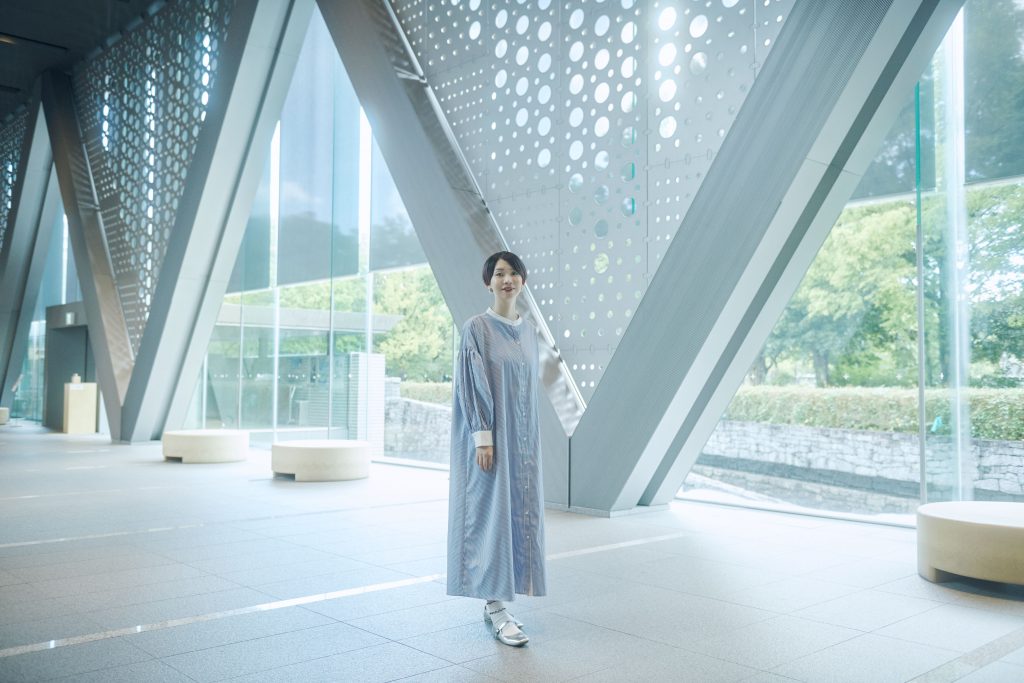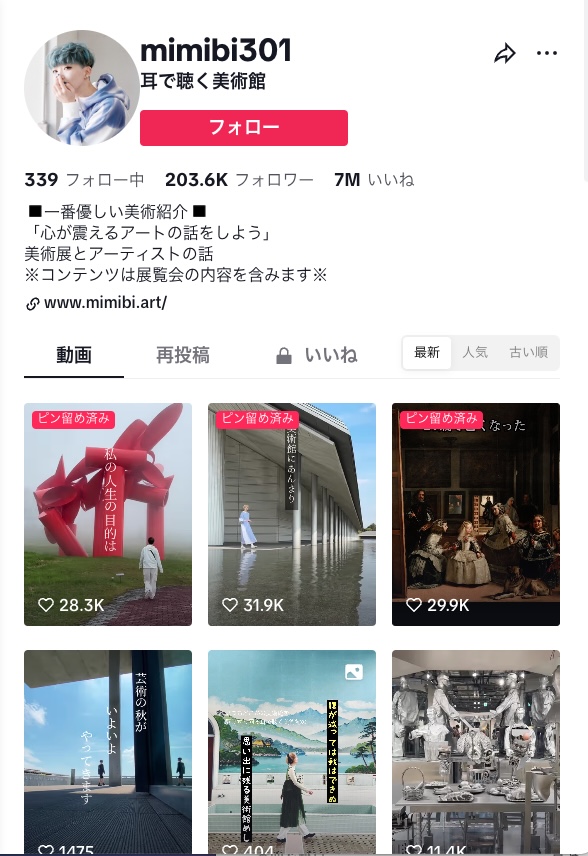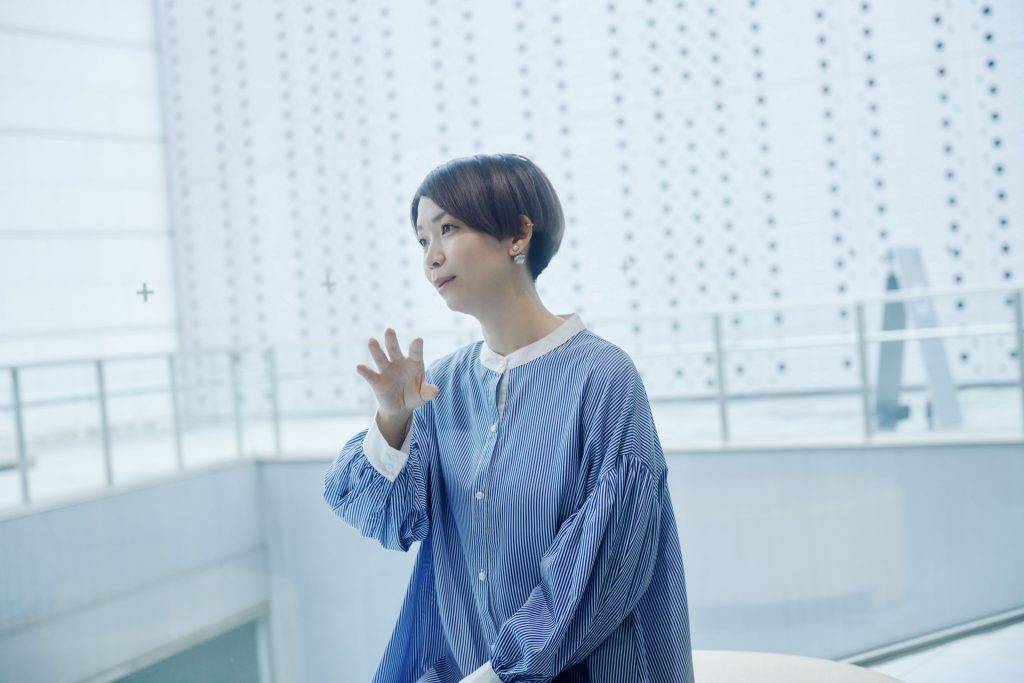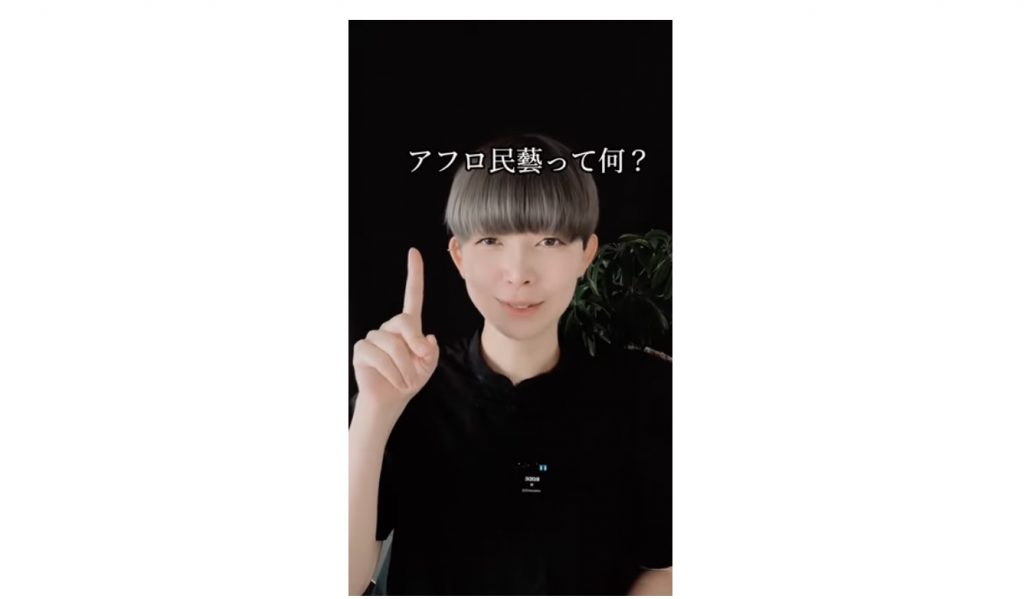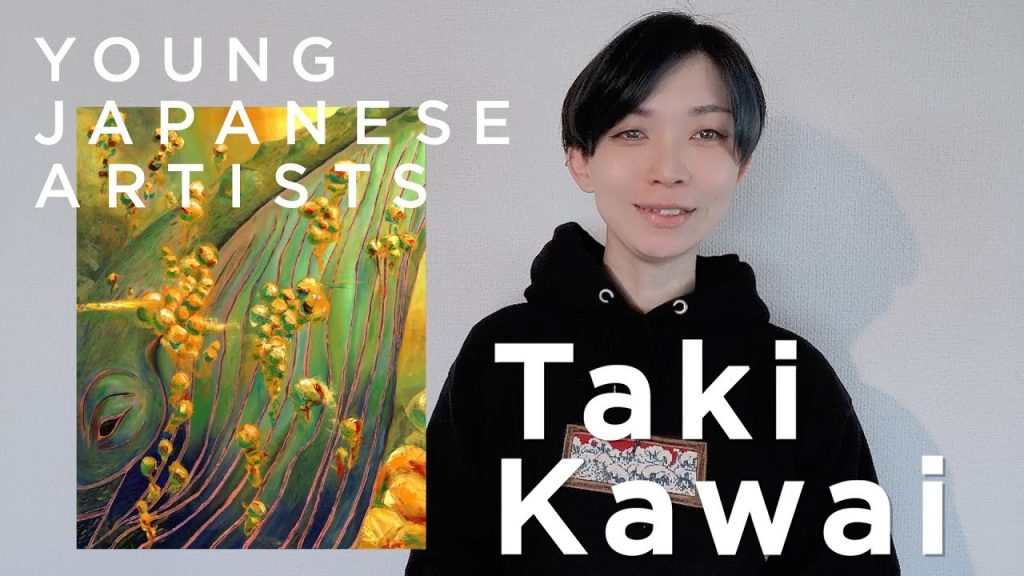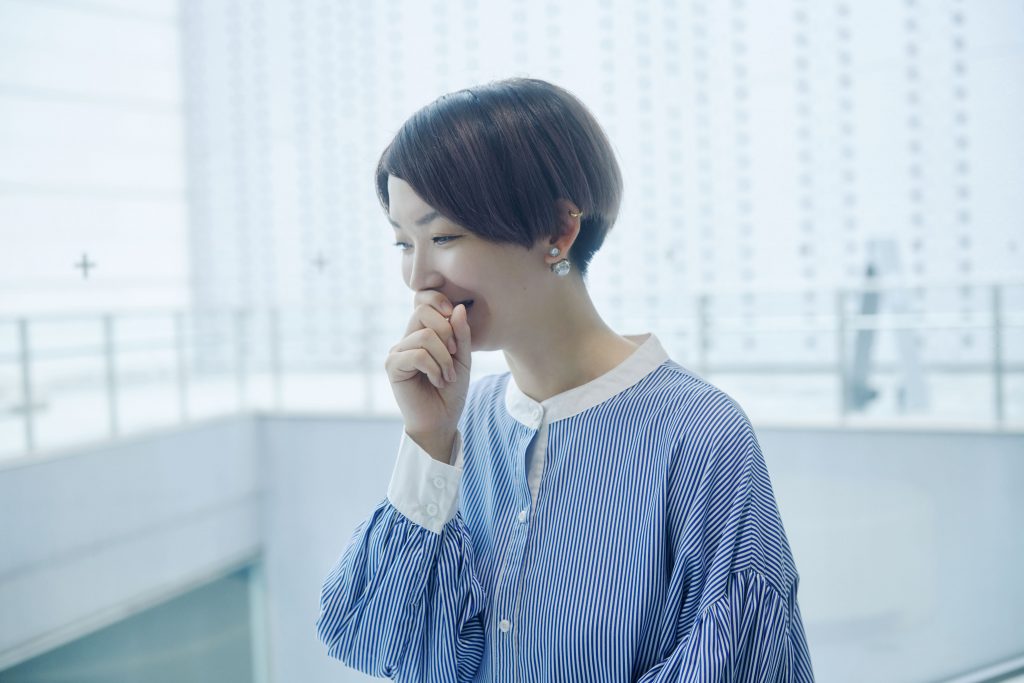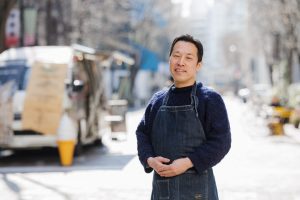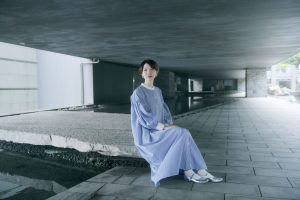──What made you want to post about art on TikTok? Could you also tell us about your background leading up to the career change?
I always liked art and studied art education in college. I went through teaching training to obtain my art teacher’s license, but I was not comfortable standing in front of a classroom. I realized that teaching wasn’t my calling, so I gave up on becoming a teacher. I started job hunting and joined a steel company as a new graduate, working in accounting. I lived the life of an office worker, working Monday to Friday from 9 AM to 5 PM, but gradually, I felt like I was wasting my time. I began to question, “Is it right to spend most of my day on something I don’t want to do?” After working for almost three years, grappling with anxiety and frustration, I became depressed and could no longer go to work.
──You left the company after that.
I was in my late 20s. From there, I decided to “try doing what I love” and took on various part-time jobs. Since I love animals, I worked at a veterinary clinic, and because I enjoy physical activity, I also worked as a personal trainer at a gym. Among those experiences, I found working at a museum best suited me. I started posting videos on TikTok around that time.
──You then decided to focus on being a TikTok creator. Didn’t it take courage to leave your job at the museum to fully commit to being a creator? I’m also curious about the business perspective of making a living solely from videos.
While Instagram, YouTube, and TikTok each have different mechanisms, short videos generate revenue through views. But it has been challenging for me to make a living solely from videos. My main source of income comes from the work I do for museums and companies. Now that I have been using TikTok for about a year, I receive more project offers (PR work for companies). Because of that, it became difficult to adjust my work schedule, and I reached a point where I had to quit my part-time job to take on these projects. Recently, I’ve also been commissioned by museums to create audio guides for exhibitions or host viewing events with other guests in a reserved museum, in addition to video production.


